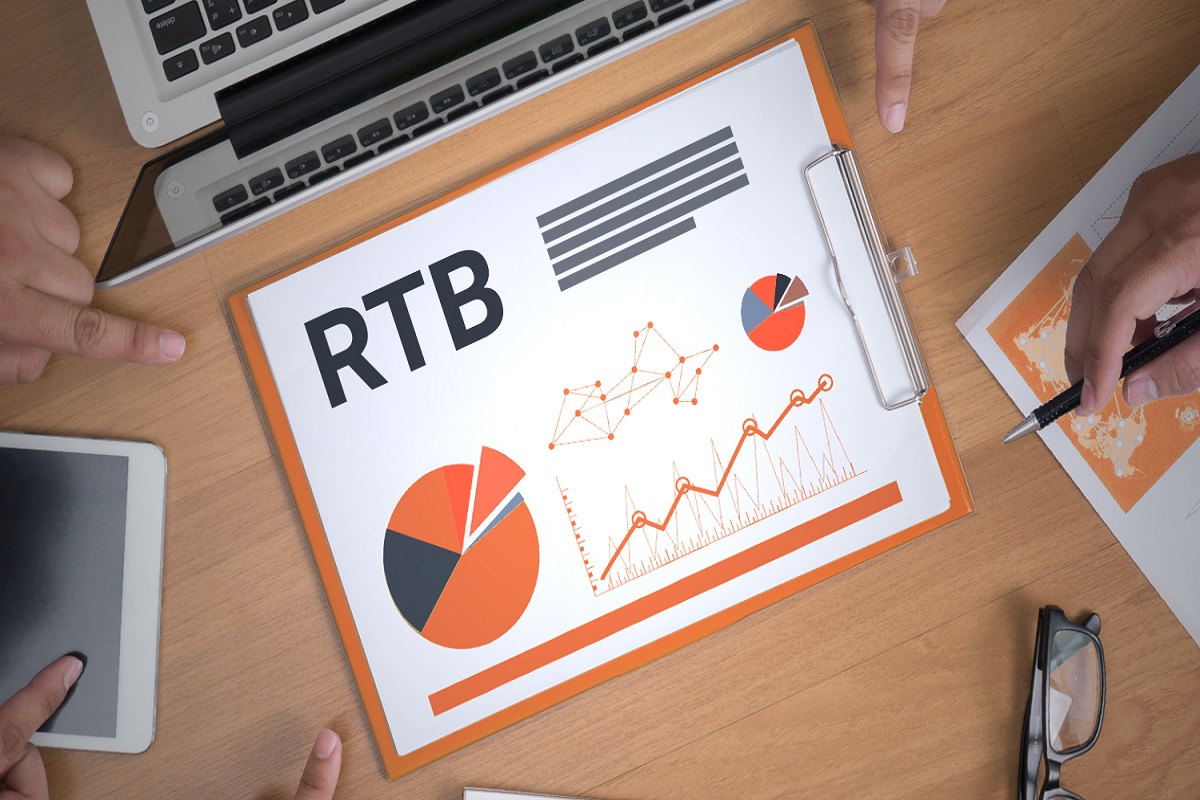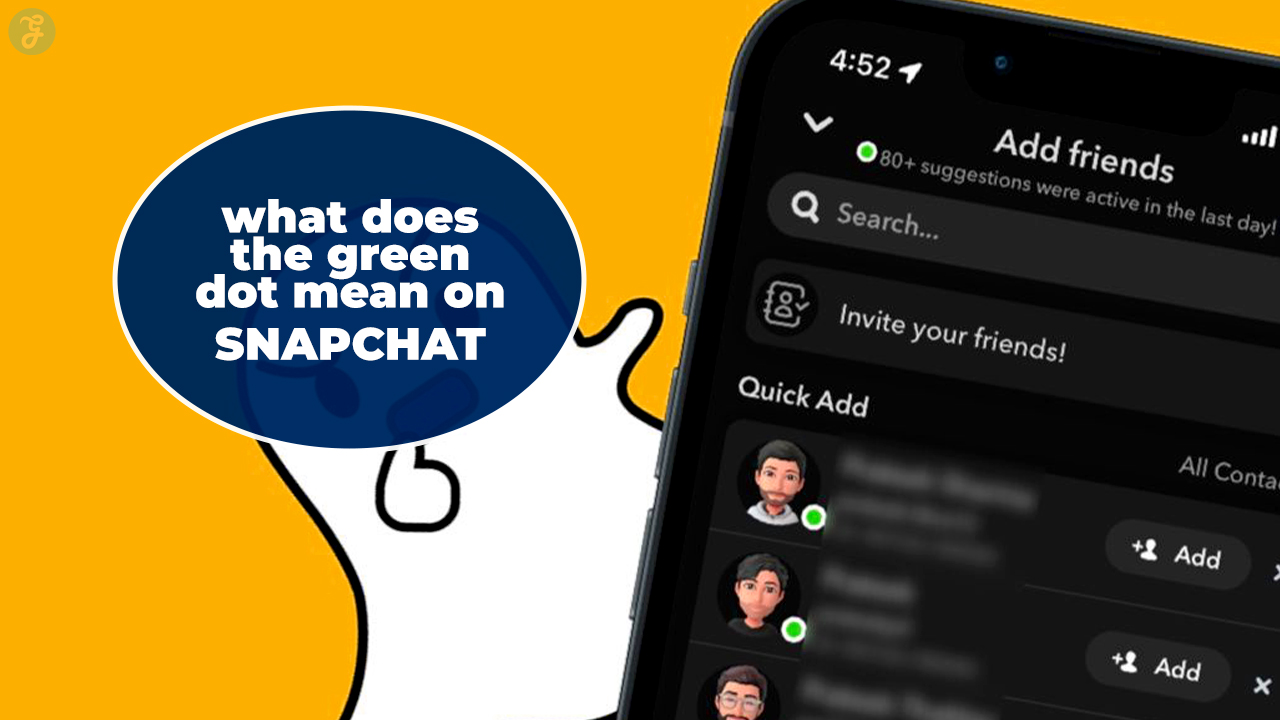Programmatic media buying is a relatively new term, especially in India. Real-time Bidding, or RTB, is a technology that allows real-time advertising exchanges between publishers and advertisers. RTB allows real-time bidding for ad space on the mobidea.compublisher’s website.
Real-time bidding is a part of programmatic media buying and is about a bidding phase prior to a media buy. It is about having the right strategy and tools in place to win the auction in an automated way. It is a process that is designed to yield the best possible outcome.
This blog looks at what Real-time Bidding is, how it works and why it is becoming popular in today’s digital world.
An In-Depth Guide To The Real-Time Bidding In Programmatic Media Buying
If you’re looking for information on real-time bidding in programmatic media buying, you’ve come to the right place. Here, we’ll give you a brief overview of what real-time bidding is and how it can benefit your company’s advertising efforts. Find programmatic advertising companies to work with and get started today!
What is the Definition of Real-Time Bidding?
Real-time bidding (RTB) is a means by which advertising inventory is bought and sold on a per-impression basis via instantaneous programmatic auction, similar to financial markets. RTB is the application of programmatic technology to the buying and selling of digital advertising inventory. In an RTB auction, advertising inventory is bought and sold on a per-impression basis in real-time, similar to financial markets.
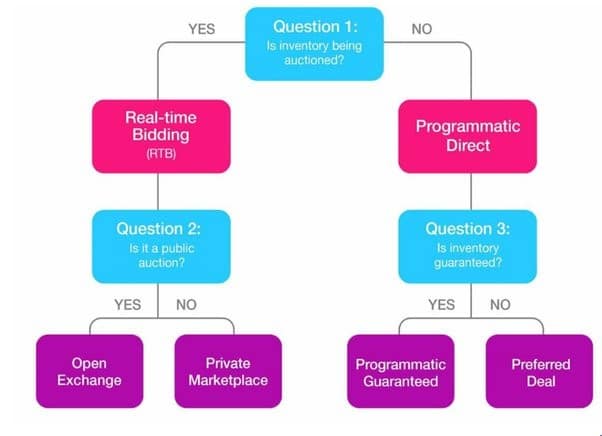
RTB is a way for publishers to increase the revenue they generate from their ad inventory, and for advertisers to get better value for their ad spend. RTB also provides more transparency and control for both buyers and sellers, as well as more opportunities for innovation.
The RTB ecosystem includes ad exchanges, demand-side platforms (DSPs), supply-side platforms (SSPs), data providers, and ad networks. RTB is sometimes confused with programmatic direct, but there are important differences between the two. In programmatic direct, buyers buy ad inventory directly from publishers without going through an exchange.
Real-time bidding (RTB): How does it perform?
With the increase in demand, marketers have found ways to automate many aspects of their business. Real-time bidding allows businesses to add a programmatic layer to their marketing efforts, allowing them to target their specific audience in an automated fashion. It uses bid requests from publishers, content providers, and data providers to place bids on inventory to deliver highly interactive and optimized display, video, and mobile ads.
Real-time bidding starts when a publisher contacts the website with advertisements. The website then notifies the supply-side platform that there is a chance to display the advertisement. The supply-side platform subsequently evaluates the user data (demographics, region, and search history) obtained through cookies before sending it to the digital ad exchange.
The demand-side platform receives the user information from the advertising service and pushes it. The demand-side platform then generates bids on this message, the amount of which is set by the advertisers in accordance with their requirements. The advertiser that is prepared to make the highest bid price succeeds, and the user sees their advertisement.
What are the benefits of real-time bidding?
There are many benefits of RTB for both advertisers and publishers. For advertisers, RTB allows for more targeted and effective advertising. Advertisers can use RTB to target specific demographics, interests, and even specific users. This allows for more effective and efficient advertising spending. For publishers, RTB can help increase ad revenue. RTB allows publishers to sell ad space to the highest bidder, which can often result in higher ad revenues than traditional methods.
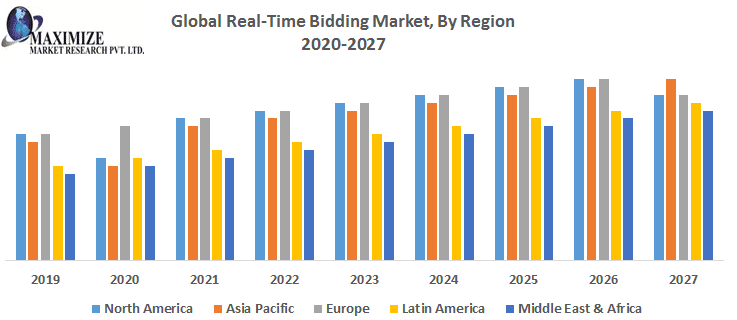
Let’s quickly recap the overall benefits of RTB:
- Widens the potential audience.
- Relevant viewers see targeted advertisements, increasing ROI.
- Increased chances for conversion in the future.
- Efficient marketing that focuses on results.
- Real-time analytics ensure that the correct individual sees your advertisement at the right moment.
- Builds brand recognition among a wider audience.
- With the utilization of the visitor data collected, you can construct re-purposed advertising campaigns.
What are the Differences Between RTB and Programmatic Direct?
Real-time bidding (RTB) is a type of programmatic advertising that allows advertisers to bid on ad space in real-time. Programmatic direct is a type of programmatic advertising that allows advertisers to buy ad space directly from publishers. Both RTB and programmatic direct have their own advantages and disadvantages.
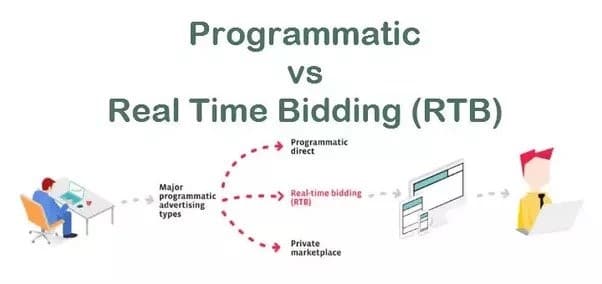
RTB is generally considered to be more efficient than programmatic direct because it allows advertisers to target their ads more specifically and avoid wasting money on ad space that no one is interested in. However, RTB can also be more expensive, because advertisers are competing against each other for ad space.
Programmatic direct is often seen as less efficient than RTB because it can be more difficult to find the right ad space, and it can be more expensive. However, programmatic direct can be more effective for brand awareness campaigns because it allows advertisers to choose where their ads will be seen.
Conclusion
We know that even though programmatic media buying is a relatively new concept, it is already making huge waves in the advertising industry. We hope this blog post has been able to provide you with a better idea of what real-time bidding is in programmatic media buying and how it can benefit your marketing efforts.


